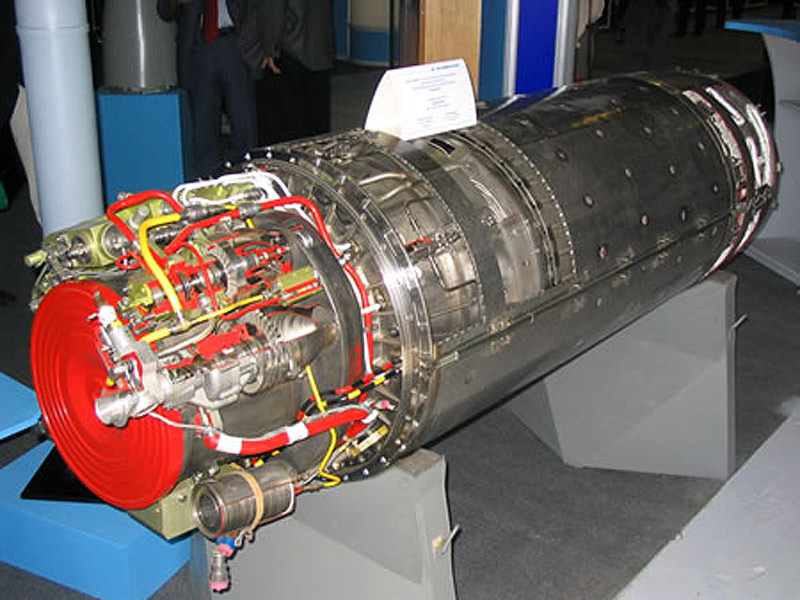SOURCE: RAUNAK KUNDE / NEWS BEAT / IDRW.ORG


BrahMos Aerospace, the India-Russia joint venture behind the formidable BrahMos supersonic cruise missile, is set to push the boundaries of missile technology with a tweaked ramjet engine designed to propel the missile to speeds exceeding Mach 4.5. According to sources close to idrw.org, ground trials of the enhanced engine are underway, marking a significant step toward bolstering the missile’s performance and ensuring its continued dominance in modern warfare.
The BrahMos missile, renowned for its Mach 3 cruising speed, precision, and versatility, has already established itself as a cornerstone of India’s defense capabilities. Capable of being launched from land, sea, air, and submarine platforms, the missile has a range of up to 450 km (with an extended-range variant reaching 600 km). Its recent deployment in conflicts with Pakistan, where it evaded interception by enemy air defenses, underscores its lethality and reliability in contested environments.
The missile’s current ramjet engine, developed through Indo-Russian collaboration, enables supersonic speeds and low-altitude flight profiles, making it exceptionally difficult to counter. However, BrahMos Aerospace is now aiming to enhance this capability further to maintain a technological edge over adversaries’ evolving air defense systems.
Sources indicate that BrahMos Corporation has been working on modifications to the missile’s ramjet engine to achieve speeds above Mach 4.5, a significant jump from its current Mach 3 capability. The tweaked engine is designed to deliver greater thrust and efficiency, enabling the missile to cover its operational range faster and reduce the reaction time available to enemy defenses.
Ground trials of the upgraded engine are already in progress, with initial tests focused on validating performance parameters under controlled conditions. These trials will assess the engine’s stability, thermal management, and fuel efficiency at hypersonic thresholds. Following successful ground tests, the tweaked ramjet engine will be integrated into actual BrahMos missiles for flight trials, a critical step toward operational deployment.
The development of a faster BrahMos variant aligns with India’s strategic goal of enhancing its precision-strike capabilities in response to regional security challenges. A Mach 4.5+ BrahMos would further reduce the window for interception, making it nearly impossible for existing air defense systems, such as those deployed by adversaries like Pakistan or China, to counter the missile effectively. The increased speed would also enhance the missile’s kinetic energy, potentially improving its destructive power against hardened targets like bunkers, airbases, or naval vessels.
Moreover, the upgraded BrahMos could serve as a deterrent against advanced Integrated Air Defense Systems (IADS), which rely on early detection and tracking to neutralize incoming threats. By compressing the engagement timeline, the missile would complicate adversaries’ defensive strategies, reinforcing India’s ability to project power across land, sea, and air domains.
Developing a ramjet engine capable of sustaining Mach 4.5+ speeds presents significant engineering challenges, including managing extreme thermal loads, optimizing fuel combustion, and ensuring structural integrity at higher velocities. BrahMos Aerospace’s expertise, built on decades of collaboration between India’s Defence Research and Development Organisation (DRDO) and Russia’s NPO Mashinostroyeniya, positions it well to overcome these hurdles.
The ground trials will be followed by rigorous flight testing to validate the engine’s performance under real-world conditions. These tests will also evaluate the missile’s guidance, navigation, and control systems to ensure they can handle the increased speed and dynamic stresses. Given BrahMos’s modular design, the upgraded engine is expected to be compatible with existing and future variants, including air-launched and submarine-launched versions.
NOTE: Article cannot be reproduced without written permission of idrw.org in any form even for YouTube Videos to avoid Copy right strikes. Websites doing illegal reproductions will get DMCA and Legal Notices.